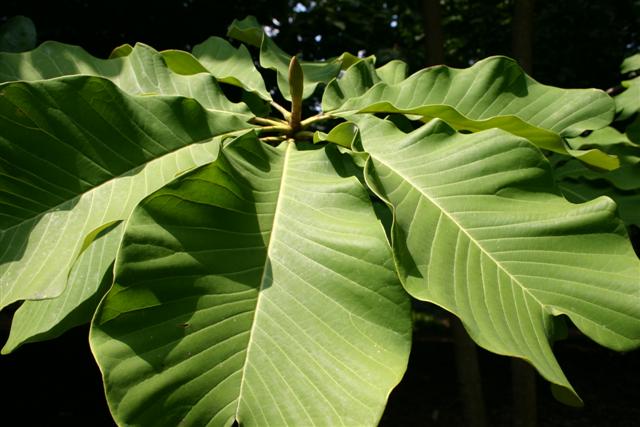
Check out our Services.
| Southeastern Natives for a Tropical Garden |

|
Need help? Check out our Services. |
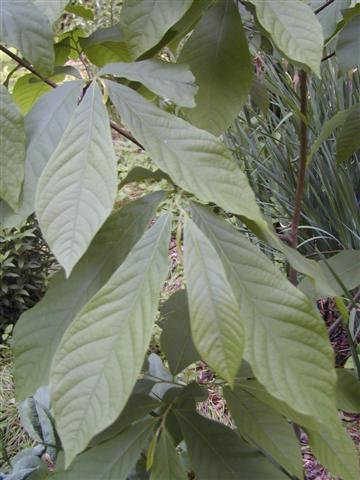 |
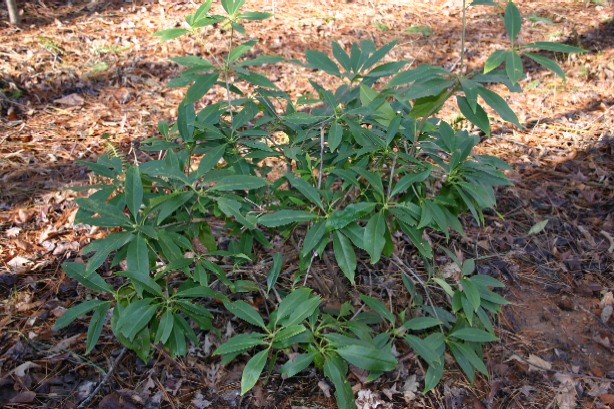 |
| Pawpaw (Asimina triloba) | Florida Anise (Illicium floridanum) |
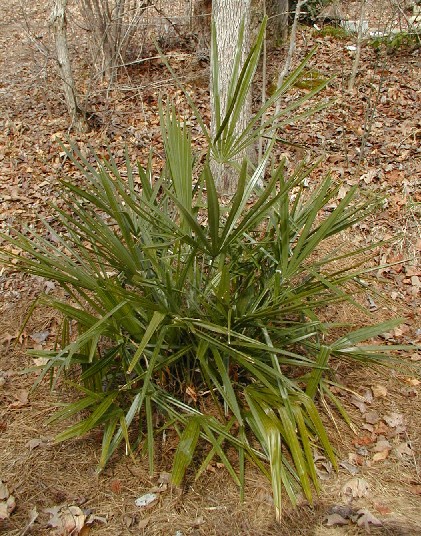 |
 |
| Needle Palm (Rhapidophyllum hystrix) | Mountain Doghobble (Leucothoe fontanesiana) |
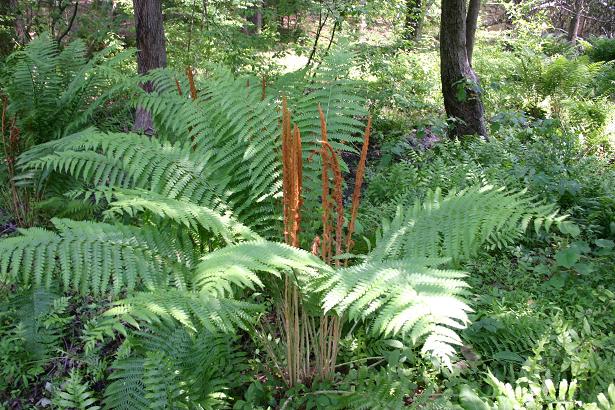 |
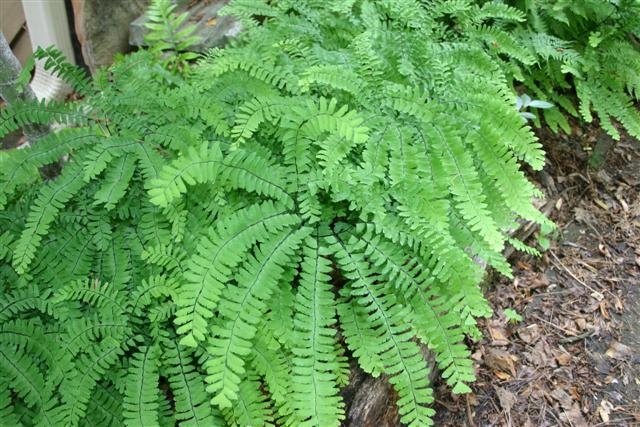 |
| Cinnamon Fern (Osmunda cinnamomea) | Maidenhair Fern (Adiantum pedatum) |
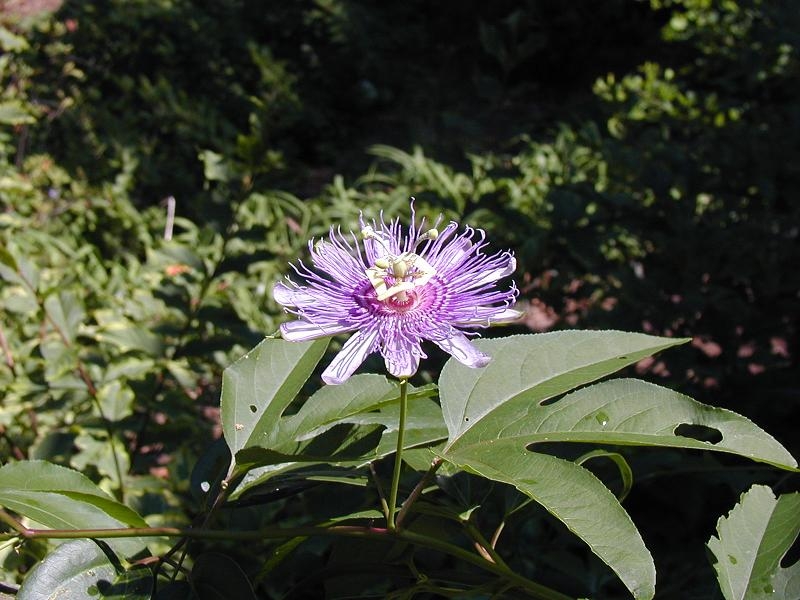 |
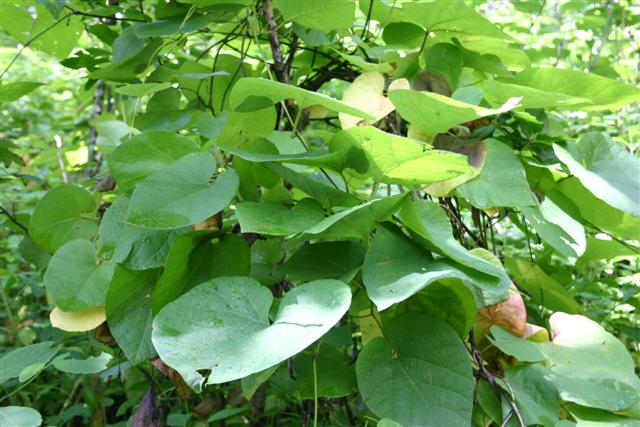 |
| Passion Vine (Passiflora incarnata) | Pipevine (Aristolochia macrophylla) |